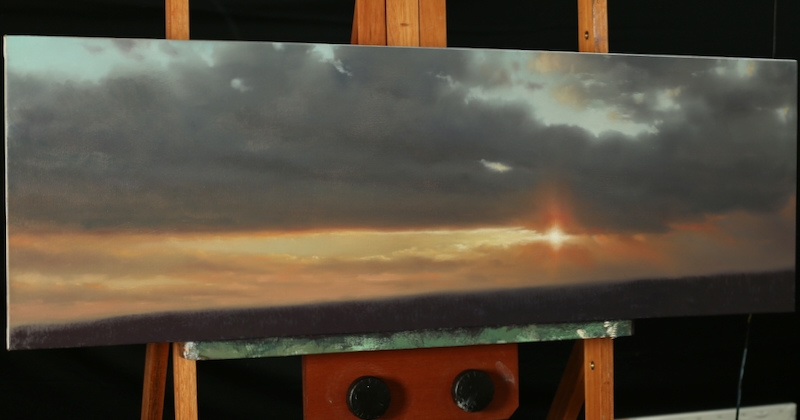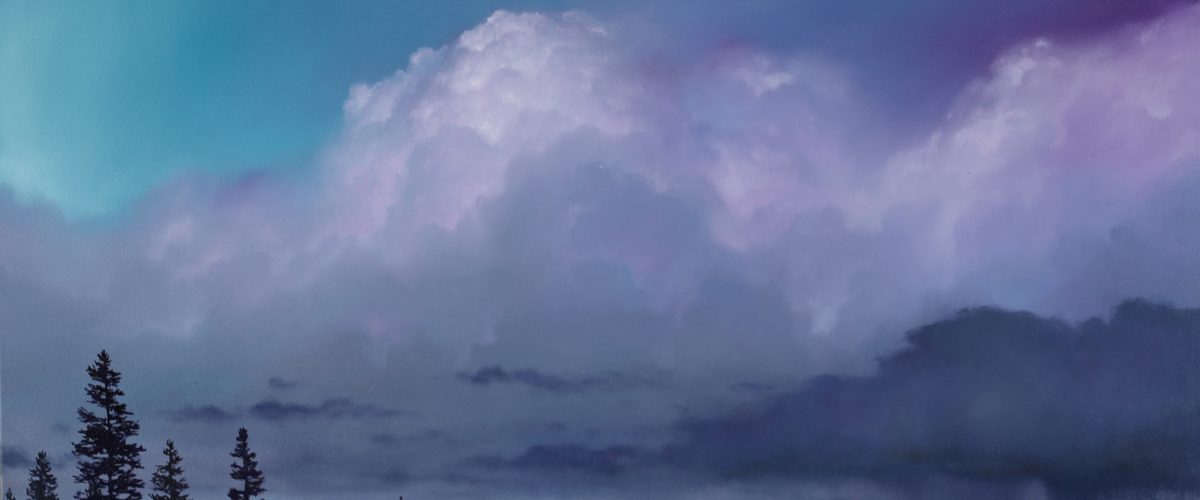Check out this video related to this article:
Creating the illusion of distance in oil paintings can be a challenging task, but with a few key elements, it is possible to achieve stunning results. In this blog, we will focus on using cool colors, value, and saturation to paint distance in oil paintings.
Use Cool Colors
When it comes to painting distance in oil paintings, the use of cool colors is essential. Cool colors, such as blue, green, and purple, are known for their calming and receding effect, which can help to create the illusion of distance. To achieve this effect, choose cool colors for the background and reserve warm colors for the foreground elements of your painting.
Pay Attention to Value
Since your entire sky will consist of cooler colors you’ll need to focus on value and saturation. Value refers to the lightness or darkness of a color and plays an important role in creating the illusion of depth in oil paintings. To achieve this effect, use cool colors with a light value in the background and gradually increase the value as you move to the foreground elements. This will help to create the illusion of depth and distance, as the eye naturally perceives lighter values as receding and darker values as coming forward.
Experiment with Saturation
Saturation refers to the intensity or purity of a color. By using cool colors with varying levels of saturation, you can create depth and distance in your oil painting. For example, you can use highly saturated cool colors in the foreground and gradually decrease the saturation as you move to the background. This will help to create a sense of depth and distance, as the eye perceives more intense colors as closer and less intense colors as farther away.
In conclusion, by combining the use of cool colors, value, and saturation, you can create stunning oil paintings that capture the depth and beauty of the world around you. Remember, the key is to experiment and find what works best for you and your artistic style. So, grab your brushes and paints and get started on your next masterpiece!
JOIN THE MEMBERSHIP PROGRAM and get HUNDREDS of online painting lessons instantly – CLICK HERE TO JOIN


